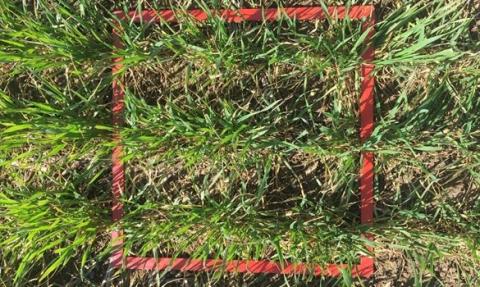Tuesday, 18 June 2024
12:00pm - 4:00pm
Middle House Farm, Burley Gate, Hereford, Herefordshire
HR1 3QP
Demonstrations will focus on:
- Full winter wheat Recommended List
- How the varieties have coped during this difficult season
- Wheat disease management
- Nutrition
- Cover crops
- Cultivation
Experts will be on hand to discuss each demonstration and provide insight into the wheat variety resistance ratings and yield outlook for the year ahead.
We’ll provide refreshments and lunch so please register so we know the numbers for catering.
BASIS and NRoSO points will be available for attending.
Please bring suitable footwear and clothing for a field walk.




